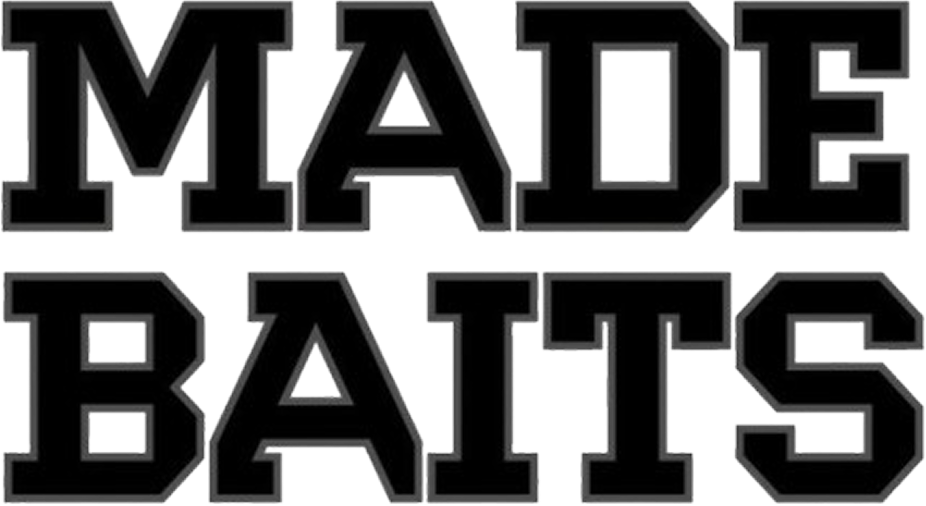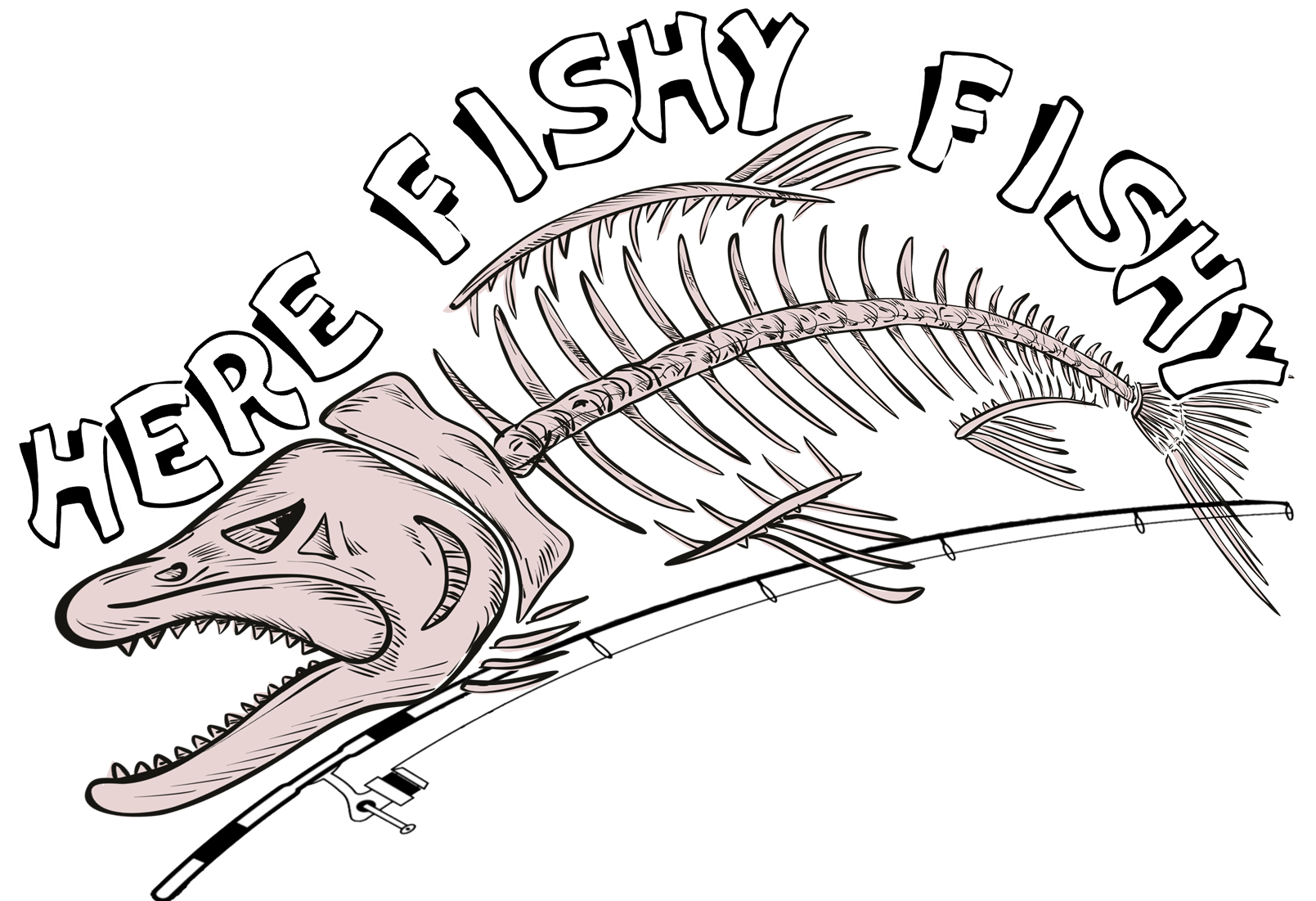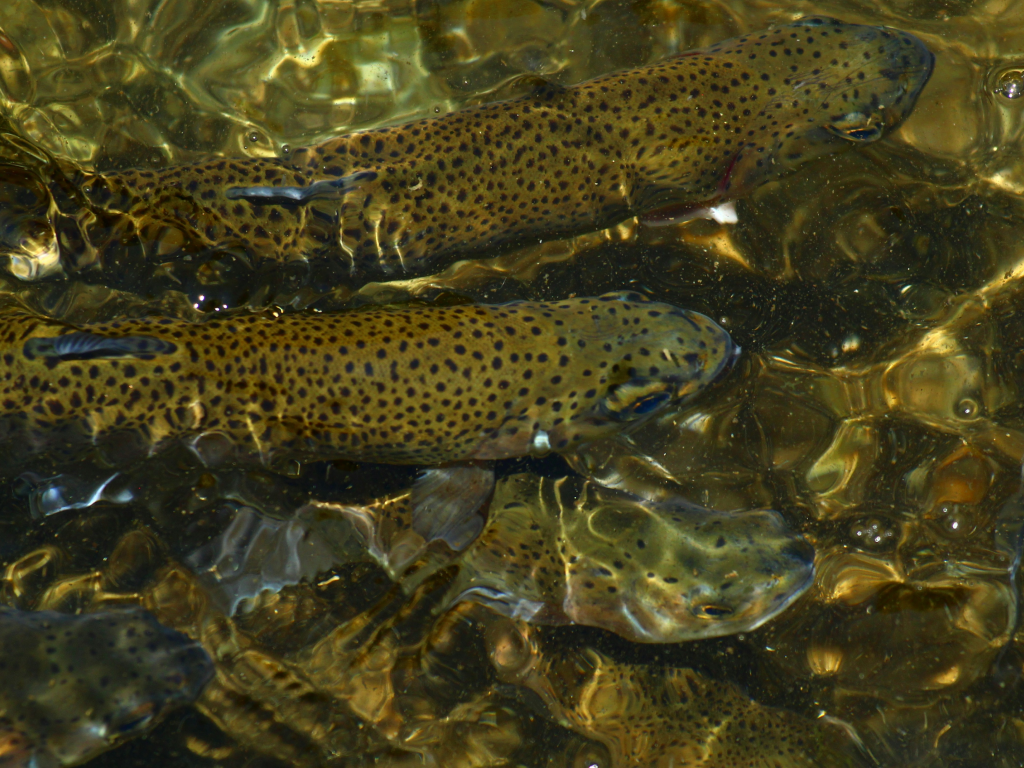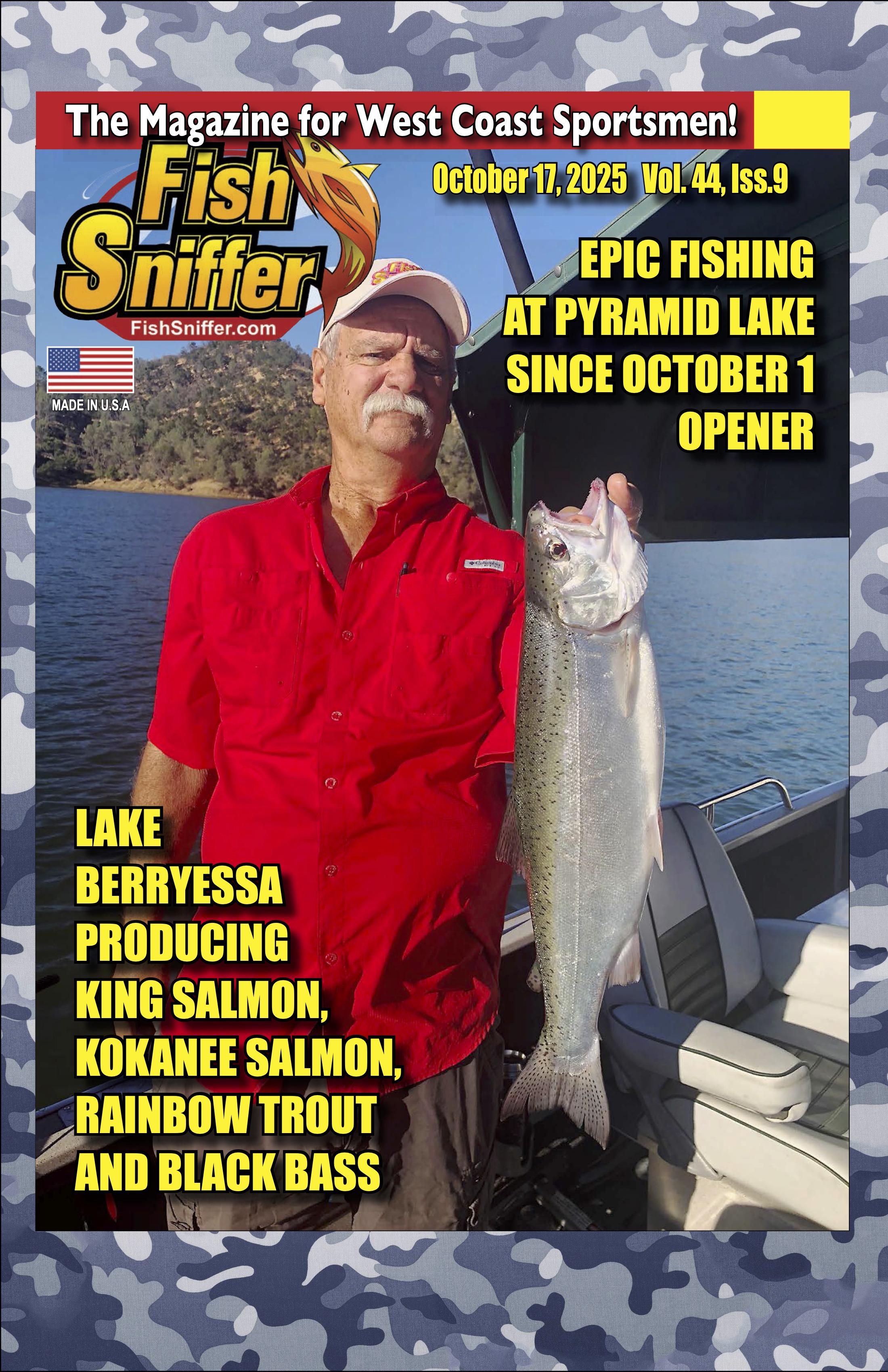American River salmon/steelhead production in jeopardy due to budget cuts.
Subscribe to The Fish Sniffer
Stay up to date with the latest fishing reports and expert tips.
SACRAMENTO - For the first time in three years, anglers this fall had the chance again to catch big, bright fall-run Chinook salmon on the American River, the crown jewel of the Sacramento Metropolitan Area.
Kailyr Perry of Kailyrs Guide Service reported hot fishing while fishing the American from a drift boat in different sections of the river from Sailor Bar to Howe Avenue over the past couple of months before the salmon season closed on October 31.
He said his clients caught their one fish limits of Chinook salmon most days while doing both day and evening trips. He is fishing both plugs and roe under bobbers.
For example, on October 12, Spenser, William and John Nichols of Sacramento hooked 7 and landed 2 Chinooks over 20 pounds while fishing with Perry on the stretch of river from Sailor Bar to Rossmoor Bar. They landed the 2 kings while using chartreuse/orange Brad’s Killer Fish.
After I arrived at the river, Spencer proudly held up his beautiful buck salmon weighing over 20 pounds, the first Chinook he has ever caught, as I snapped a few photos.
But the salmon and steelhead populations of this unique urban fishery are in jeopardy as the California Department of Fish and Wildlife (CDFW) says it plans “significant reductions” in Chinook salmon and steelhead trout production at the Nimbus Fish Hatchery beginning in fall 2025, due to cutbacks in federal funding for the facility.
“As a result, CDFW will reduce fall-run Chinook salmon smolt production by 50%, from 4.5 million to 2.25 million. Steelhead trout production will also be cut in half, from 430,000 to 215,000. deviating from standard hatchery practice,” said Steve Gonzalez, CDFW information officer.
The Nimbus Fish Hatchery serves as a mitigation facility for the Nimbus and Folsom dams, with production targets outlined in the jointly developed “Plan for the Protection and Maintenance of Salmon and Steelhead in the American River.”
The plan, developed in 1953 with the US Fish and Wildlife Service, recommends juvenile salmon production sufficient to yield 18,847 returning adults - 72% of the historical benchmark of 26,177 salmon returning from the ocean.
“The U.S. Bureau of Reclamation (USBR), which owns the Nimbus Fish Hatchery and contracts with CDFW to operate the facility, has established the Nimbus budget at $2.5 million for the fiscal year (July 1, 2025, to June 30, 2026,” Gonzalez stated.
“This is below the $3.16 million required to maintain historical production levels and falls short of meeting federal mitigation obligations under the Fish and Wildlife Coordination Act. Exacerbating the problem, budget reductions are compounded by increasing production costs, tariffs, and inflation. To give an idea of cost, fish food alone can exceed $500,000 annually at standard production levels,” Gonzalez said.
Gonzalez noted that these reductions come at a critical time for fall-run Chinook recovery. After three years of closed commercial fishing and limited recreational opportunity, due to the collapse of the fall-run Chinook populations on the Sacramento and Klamath rivers, the hatchery’s output is essential to rebuilding stocks and supporting fisheries across the state.
“Fall-run Chinook salmon smolts from Nimbus contribute substantially to ocean sport and commercial fisheries, inland salmon fisheries, and adult salmon returning from the ocean in the Central Valley - supporting both local economies and recreational opportunities. Steelhead from the hatchery also sustain a popular fishery in the lower American River,” he continued.
Nimbus hatchery produced fish currently account for approximately 90% of the run in the Lower American River, and between 7% and 30% of the ocean harvest annually, Gonzalez noted. The long-term consequences of reduced output at Nimbus are expected to affect future abundance forecasts and the broader fishing industry.
In response to my question about how the difference between $2.5 million and $3.16 in federal funding would result in a 50 percent cut to salmon and steelhead production, Gonzalez replied, “There are certain fixed costs associated with operating the hatchery that remain constant regardless of the number of fish produced. These include essential expenses such as utilities, permits, staffing, and facility maintenance. Because of these static costs, there's not a direct dollar-for-fish ratio in the hatchery budget.”
“When the U.S. Bureau of Reclamation capped funding at $2.5 million, it created a constrained budget scenario. The more flexible, proportional costs—such as fish food, fuel for transporting and planting fish, net pen rentals, and carcass disposal—are directly tied to the volume of fish produced. As a result, any budget shortfalls have to be absorbed by reducing these variable components, which ultimately limits fish production,” Gonzalez said.
Here are some more details from Gonzalez on the funding:
• The current agreement started in state fiscal year 2020. There have been 8 “modifications” to extend and add funds to this agreement since that time. Modifications occurred at various times to fund the hatchery, and money is at times carried across fiscal years.
• Between September 2020 and September 2025, a total of $14.7 million has been added to the agreement through modifications to fund the hatchery and this is on average $2.94 million per year.
• This year only $2.5 million has been made available for the entire current fiscal year through June 30, 2026. At this level of funding, the CFDW is making a number of standard production and release practices and having to reduce production in order to work within the funding we have.
• According to the US Bureau of Labor Statistics $1 dollar in 2020 is now the equivalent of $1.92 due to inflation. This highlights that funding in 2020 is not the same or sufficient to support the same level of production in 2025.
• $3.16 million would allow the CDFW to produce salmon and steelhead at the historic level of production at the hatchery, but would not cover additional associated expenses.
• “We are not being defunded, but USBR is not keeping up with increasing costs of production and not adjusting what they are providing to support the hatchery,” Gonzalez concluded.
I reached out to the Bureau of Reclamation for their comments on the negotiations between the CDFW and Reclamation, but they hadn’t responded as of press time.
In response to the alarming news, the Golden State Salmon Association (GSSA) said the proposed reduction in salmon and steelhead production would have a dramatic impact on the salmon fishing industry and coastal, tribal and inland communities.
“The loss of millions of juveniles from Nimbus would be devastating for the state’s struggling salmon industry, as well as the communities that depend on salmon,’ said Scott Artis, Executive Director of the Golden State Salmon Association. “It’s crazy that DOGE is apparently making this illegal and reckless cut that threatens fishing jobs. We work on salmon issues every day - but we’ve not met anyone from DOGE trying to understand our issues.”
Decades ago, the American River produced 200,000 adult salmon, GSSA noted. As late as 2002, the river saw a run of 150,000 salmon returning to the 22-mile long river.
“Until our natural salmon runs recover, hatcheries are the life support system that can keep salmon fishing alive. Simply put, salmon jobs can’t survive if the Bureau cuts this key life support mechanism,” added Artis.
In addition to Nimbus, the federal government also funds the Coleman Hatchery in the upper Sacramento River watershed that was constructed to mitigate salmon losses resulting from the construction of Shasta Dam. Similar funding cuts are reportedly being considered for Coleman, mirroring the reductions already announced for Nimbus, according to the GSSA.
“My understanding is that once you pay for the infrastructure and staff to run a salmon hatchery, the difference in cost between producing two million and four million fish is not great. We’re talking about pennies per fish. DOGE cutting salmon hatchery funds is akin to cutting FDA food inspectors. It’s a thoughtless, reckless action that harms large parts of society, in this case, salmon communities and families in California,” said John McManus, GSSA board member.
The GSSA said the reckless cuts would “undermine decades of progress” and break faith with California’s fishing families, Tribes, and communities that depend on salmon.
The group is calling on the Bureau of Reclamation to fully fund hatchery operations at Nimbus and Coleman fish hatcheries.














